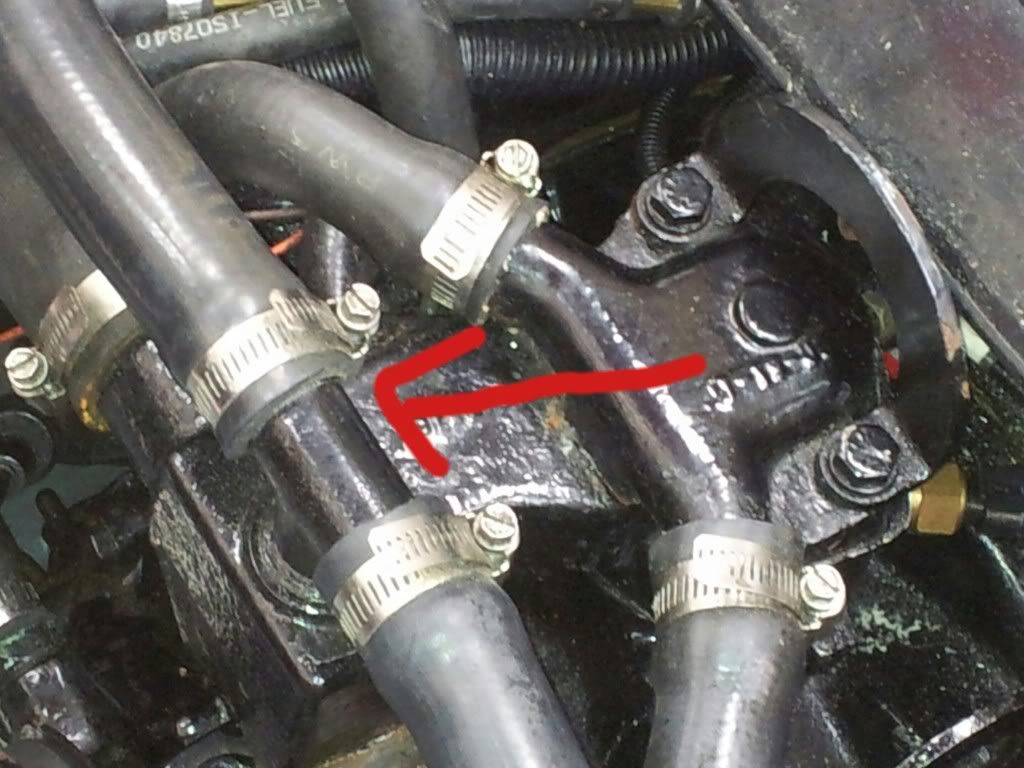steve930
New Member
hi guys. I joined the forum a while back, I'm based in england & bought a 1990 220da a couple of years ago, i've mainly been reading posts on here what a great forum you've all created.
This post will be long winded with some vids, so please bear with me
The boat had a new 350 engine fitted in 2007 along with new manifolds/risers and only did a few hours running. The previous owner then had major health problems which resulted in the boat being unused/sat in dry dock until august 2010 (when i bought the boat). I got the boat running/took her to my port & used her for the rest of the season. Whilst cruising at upto 3500rpm she would run at 165-170 F, if you increased revs beyond that the temp would rise to 220! . I planned over the winter to pull the boat and do a whole load of refurb work ready for 2011 season.
WORK DONE:
leg serviced with new raw water pump/pipe/pipe to steering cooler
exhaust flappers present & correct
inlet manifold removed, water galleries all look clear (converted eng to efi)
engine high pressure steam cleaned through all waterways
thermostat replaced
circ pump inspected wi thsnap-on mini cam (looks ok)
I still have the same problem! If you push revs beyond 3500rpm the temp will climb to 220f within 2-4 minutes, backing off to 1500rpm the temp will drop to 145f within 20 seconds
Below are some vids i shot tonight of waterflow from the leg, see what you guys think??
Thank you
There are 4 videos on the top row of my album with the first on the far right & working left!
[video]http://s195.photobucket.com/albums/z253/steve930/?action=view&current=video-2012-09-13-17-48-51.mp4[/video]
This post will be long winded with some vids, so please bear with me
The boat had a new 350 engine fitted in 2007 along with new manifolds/risers and only did a few hours running. The previous owner then had major health problems which resulted in the boat being unused/sat in dry dock until august 2010 (when i bought the boat). I got the boat running/took her to my port & used her for the rest of the season. Whilst cruising at upto 3500rpm she would run at 165-170 F, if you increased revs beyond that the temp would rise to 220! . I planned over the winter to pull the boat and do a whole load of refurb work ready for 2011 season.
WORK DONE:
leg serviced with new raw water pump/pipe/pipe to steering cooler
exhaust flappers present & correct
inlet manifold removed, water galleries all look clear (converted eng to efi)
engine high pressure steam cleaned through all waterways
thermostat replaced
circ pump inspected wi thsnap-on mini cam (looks ok)
I still have the same problem! If you push revs beyond 3500rpm the temp will climb to 220f within 2-4 minutes, backing off to 1500rpm the temp will drop to 145f within 20 seconds
Below are some vids i shot tonight of waterflow from the leg, see what you guys think??
Thank you
There are 4 videos on the top row of my album with the first on the far right & working left!
[video]http://s195.photobucket.com/albums/z253/steve930/?action=view&current=video-2012-09-13-17-48-51.mp4[/video]
Last edited:




